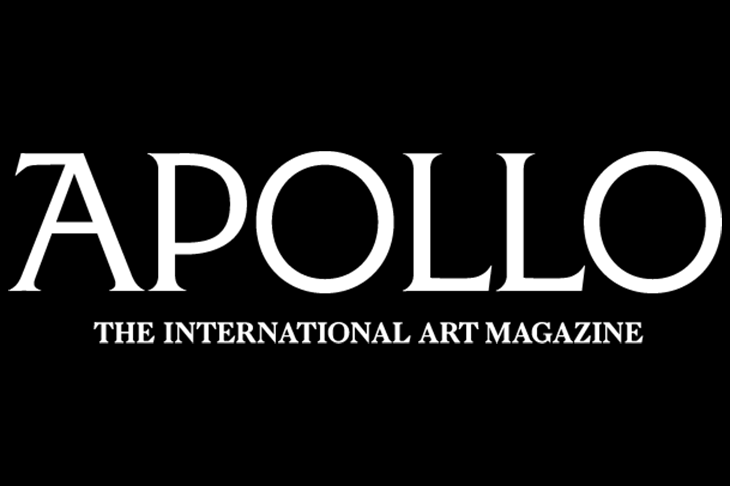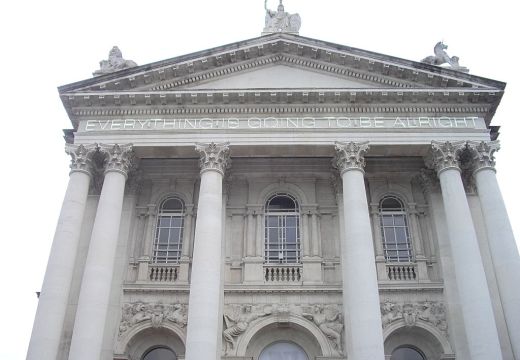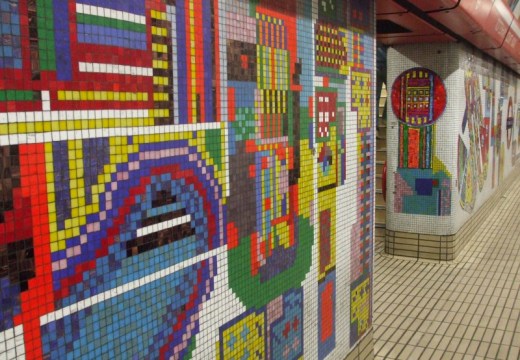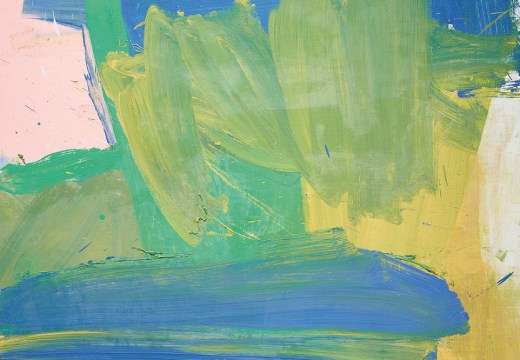The news and comment we’ve spotted online this week.
Tate Britain names Alex Farquharson as new director
Nearly four months after Penelope Curtis announced that she was resigning, Alex Farquharson, the founding director of Nottingham Contemporary, has been named as her successor. The news has been broadly welcomed across the art world – Farquharson’s tenure at Nottingham is regarded as a success and he is well liked by artists. It remains to be seen how he will work with and add to Tate Britain’s historic collections.
Ai Weiwei is credited with a criminal conviction he does not have
Last week’s news that Ai Weiwei has been given his passport back has been diminished by the actions of the British Embassy in Beijing. The artist will still be able to visit Britain to see his show at the Royal Academy in London, but was turned down for a standard ‘business visitor’ visa. The letter refusing him the six-month visa, but granting him exceptional leave to visit between specific dates, was posted by Ai Weiwei on Instagram.
The Paolozzi murals are safe – but leaving London
The University of Edinburgh is considering rebuilding the Tottenham Court Road mural mosaics by Eduardo Paolozzi – which were removed from the station, despite protests from conservationists, earlier this year. It turns out that Transport for London has donated the fragments to the university. The curator of art collections at Edinburgh told Architect’s Journal that reconstruction ‘will be a huge task’.
An unusual purchase by the National Gallery
The National Gallery in London has bought a rare panel by Giovanni da Rimini – Scenes from the Lives of the Virgin and other Saints (c. 1300–05) – which comes with some unusual strings. Funding for the purchase came from Ronald S. Lauder, on condition that the National Gallery loan him the work during his lifetime. During this time, the panel will be returned to be displayed at the National Gallery for display every three years (the first time in 2017). After Lauder’s death, it will move to the museum permanently.
Unlimited access from just $16 every 3 months
Subscribe to get unlimited and exclusive access to the top art stories, interviews and exhibition reviews.














![Masterpiece [Re]discovery 2022. Photo: Ben Fisher Photography, courtesy of Masterpiece London](http://www.apollo-magazine.com/wp-content/uploads/2022/07/MPL2022_4263.jpg)
Why are fathers so absent from art history?